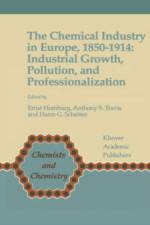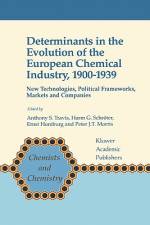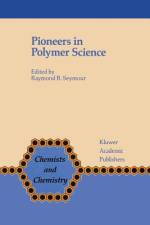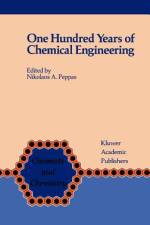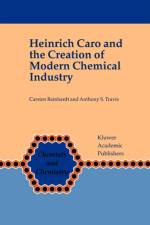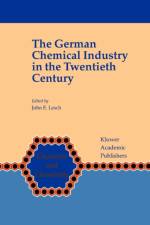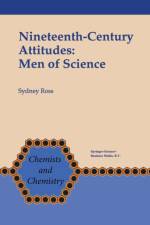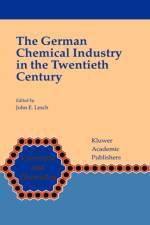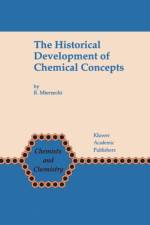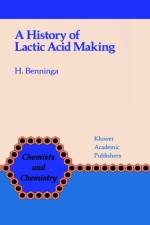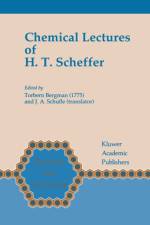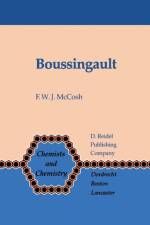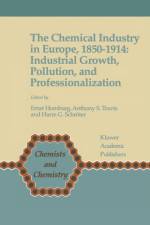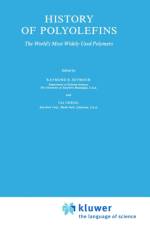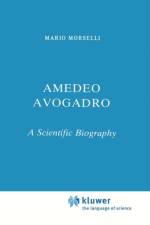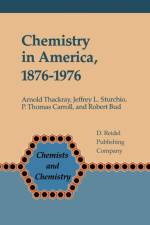- Early Pioneer in Radiochemistry
141,00 €
On August 18, 1977 a special 'Soddy Session' was held at the Fifteenth International Congress of the History of Science, Edinburgh, Scotland, with Dr. Thaddeus J. Trenn as Symposium Chairman. This session was organized to commemorate the lOOth anniversary of the birth of Fre derick Soddy (born September 2, 1877, Eastbourne, England; died September 22, 1956, Brighton, England), who was awarded the 1921 Nobel Prize in Chemistry 'for his contributions to our knowledge of the chemistry of radioactive substances, and his investigations into the origin and nature of isotopes'. Soddy taught and/or carried out research at Oxford University (where he was Lee's Professor of Chemistry), McGill University (where he and Sir Ernest Rutherford proposed the disintegration theory of radioactivity), University College, London (where he and Sir William Ramsay demonstrated natural transmuta tion), Glasgow University (where he formulated his displacement law and concept of isotopes), llnd Aberdeen University. In addition to his contributions to radiochemistry, he proposed a number of controversial economic, social, and political theories. The present volume contains the eight lectures presented at the symposium, two additional papers written especially for this volume (Kauffman, Chapter 4 and Krivomazov, Chapter 6), a paper on Soddy's economic thought (Daly, Chapter 11), and three selections from Soddy's works. Furthermore, an introductory account of Soddy's life and work by Thaddeus J. Trenn as well as a Soddy chronology, and name and subject indexes compiled by the editor are provided.

